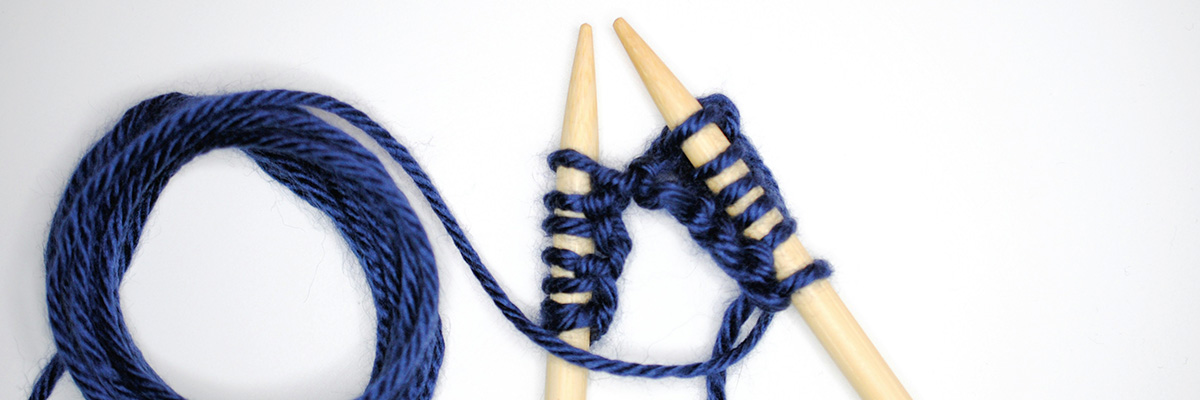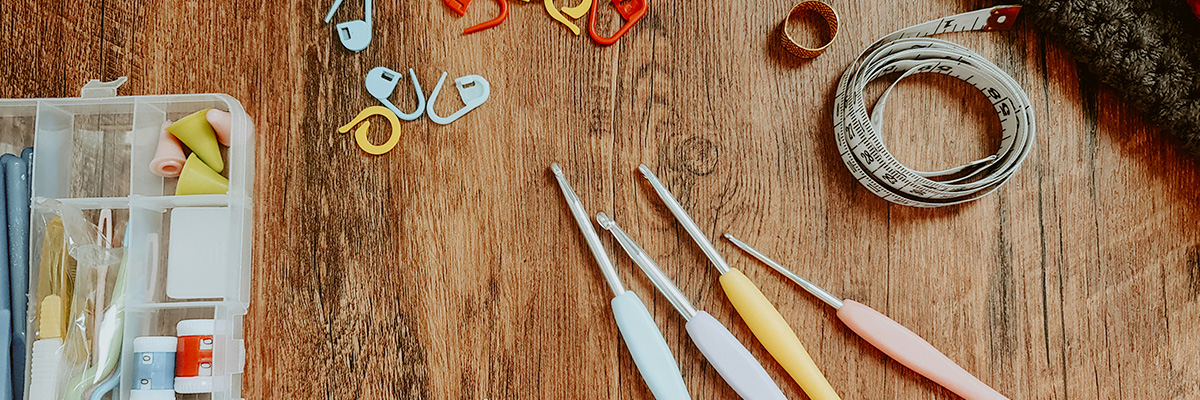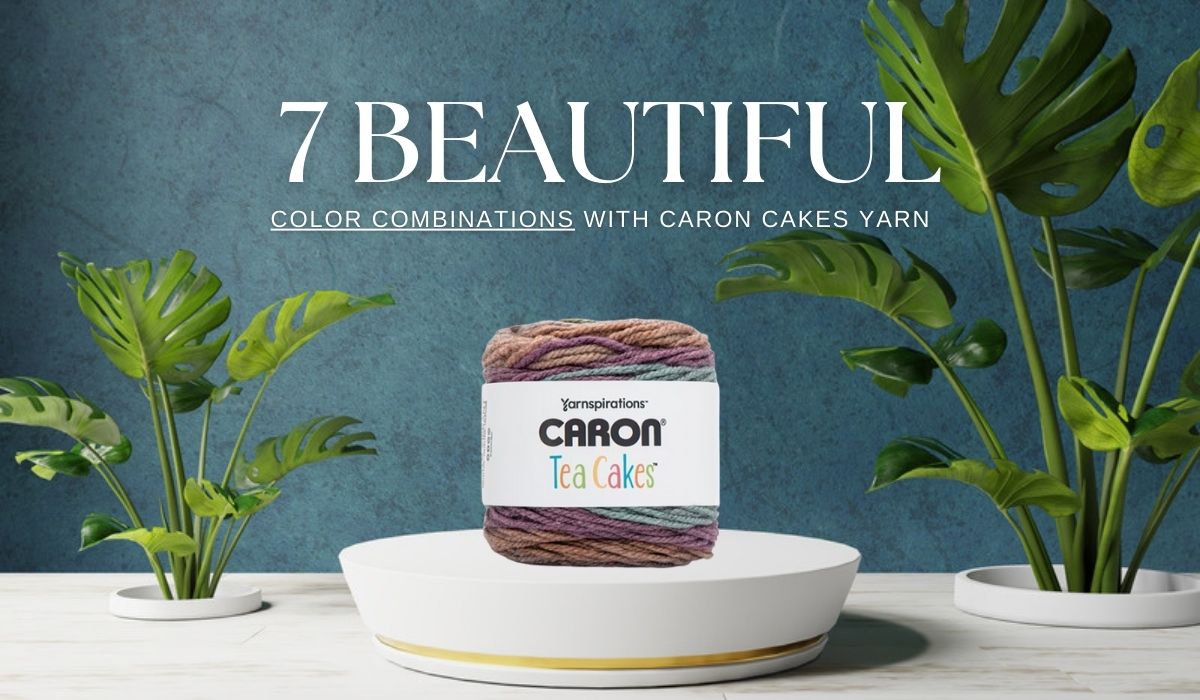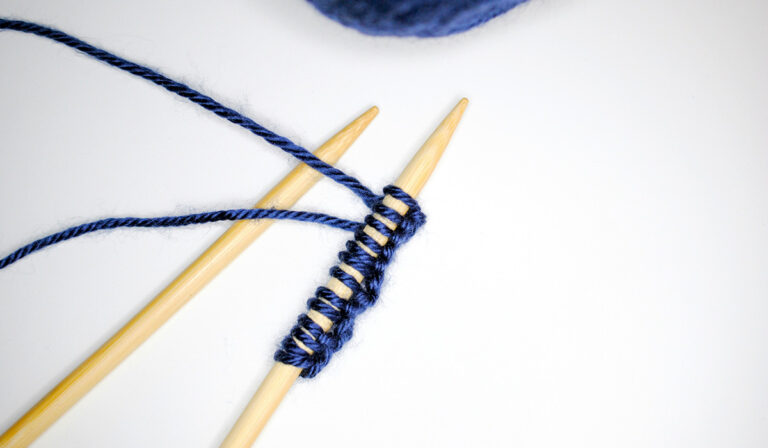Yarn 101: Best Yarn For Beginner Knitting
Exploring the Art of Knitting
Knitting is a traditional craft that involves using two needles to interlock yarns and create a fabric. This fabric can be transformed into various items such as clothing and home decor. The art of knitting allows for the manipulation of yarn to produce different patterns and textures, making it a versatile and creative hobby. Let’s take a look how start your crafts journey with the best yarn for beginner knitting…
Is It Really That Important To Start With a Specific Yarn?
Starting with the best type of yarn is quite important when starting your crafts journey. The yarn chosen can impact the outcome of the project, influencing its texture, appearance, and overall quality. Starting with the right yarn can enhance the learning experience, making it more enjoyable and rewarding for beginners. Let’s take a look at some possible starting points for you.
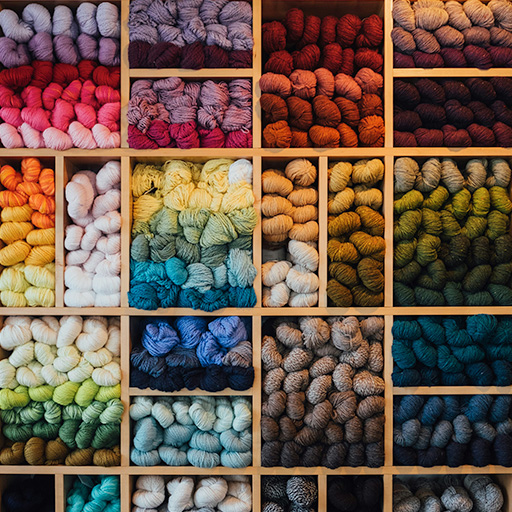
Some of The Best Yarn for Beginner Knitting
Acrylic yarn
Acrylic yarn is a synthetic fiber known for its lightweight, warmth, and softness. It is favored for its durability and washability, making it a practical choice for everyday items that require easy care. It is probably one of the best yarns available for beginners, and this is surely a great starting place.
Pros:
– Easy to work with and maintain
– Affordable and available in a wide range of colors
Cons:
– Limited breathability compared to natural fibers
Wool yarn
Wool yarn, a natural fiber, is highly elastic and provides exceptional warmth. Its insulating properties allow it to absorb moisture while remaining dry, making it ideal for various knitting projects.
Pros:
– Flexible and user-friendly
Cons:
– Requires specific washing methods
– Potential allergen for some individuals
Cotton yarn
Made from the cotton plant, cotton yarn is valued for its softness and strength. It is a breathable and hypoallergenic fiber, making it suitable for crafting summer garments.
Pros:
– Sturdy and can withstand high temperatures
– Less forgiving option for beginners due to its lack of stretch
Cons:
– Lacks elasticity compared to other fibers
Factors to Consider When Choosing Yarn
Texture
The texture of the yarn significantly impacts the feel of the final product. Whether smooth and silky or rustic and coarse, the texture choice should complement the project and provide comfort while knitting.
Weight
Yarn weight, determined by the thickness of the yarn strand, plays a crucial role in the weight of the finished project. Consider the weight of the yarn to achieve the desired heaviness or lightness.
Color options
The color of the yarn can dramatically alter the appearance of the project. Select colors that align with the project’s color scheme to enhance its visual appeal.
Price
Yarn prices vary based on fiber type, brand, and quality. Beginners are advised to start with affordable options and gradually explore higher-priced yarns as they gain confidence and expertise in knitting.
Ideas for Yarn Projects
Crochet
Crochet projects can be crafted using a variety of yarn types, offering endless possibilities from cozy board game night blankets to stylish summer bags.
Amigurumi
The Japanese art of amigurumi involves knitting or crocheting small, stuffed yarn creatures. Acrylic yarn is often preferred for its durability and diverse color selection.
Baby Blankets
Beginners often enjoy knitting baby blankets using soft, hypoallergenic yarns like cotton or acrylic, creating cozy and safe blankets for infants.
Tips for Working with Yarn as a Beginner
Proper tension
Maintaining consistent tension while knitting is vital for achieving uniform stitches. Practice is key to finding the right balance for your knitting projects.
Using the right needle size
Matching the knitting needle size to the yarn weight ensures the correct stitch size and desired drape in the finished project.
Reading yarn labels
Yarn labels provide essential information such as weight, fiber content, washing instructions, and recommended needle size. Understanding these labels aids in selecting the appropriate yarn for each project.
Conclusion
Recap of the best yarn for beginner knitting
Acrylic, wool, and cotton yarns are all excellent choices for novice knitters, each offering unique properties and advantages tailored to different project needs.
Encouragement for beginners to experiment with different yarn types and brands
New knitters are encouraged to explore various yarn types and brands to discover their preferences and enhance their knitting skills. Experimentation with different yarns can lead to a more enriching and enjoyable knitting experience. Happy knitting!
Some FAQs
Why is it important to choose the best yarn for beginner knitting?
Selecting the best type of yarn is essential for beginners as it significantly impacts the outcome of the project, influencing its texture, appearance, and overall quality. Starting with the right yarn can enhance the learning experience, making it more enjoyable and rewarding for beginners.
What are the pros and cons of acrylic yarn for beginners?
– Easy to work with and maintain
– Limited breathability compared to natural fibers
– Affordable and available in a wide range of colors
What are the properties of wool yarn for beginners?
Wool yarn, a natural fiber, is highly elastic and provides exceptional warmth. Its insulating properties allow it to absorb moisture while remaining dry, making it ideal for various knitting projects.
What factors should beginners consider when choosing yarn for knitting projects?
Beginners should consider factors such as texture, weight, color options, and price when choosing yarn for their knitting projects. These factors can significantly impact the final outcome of the project and the knitting experience.
